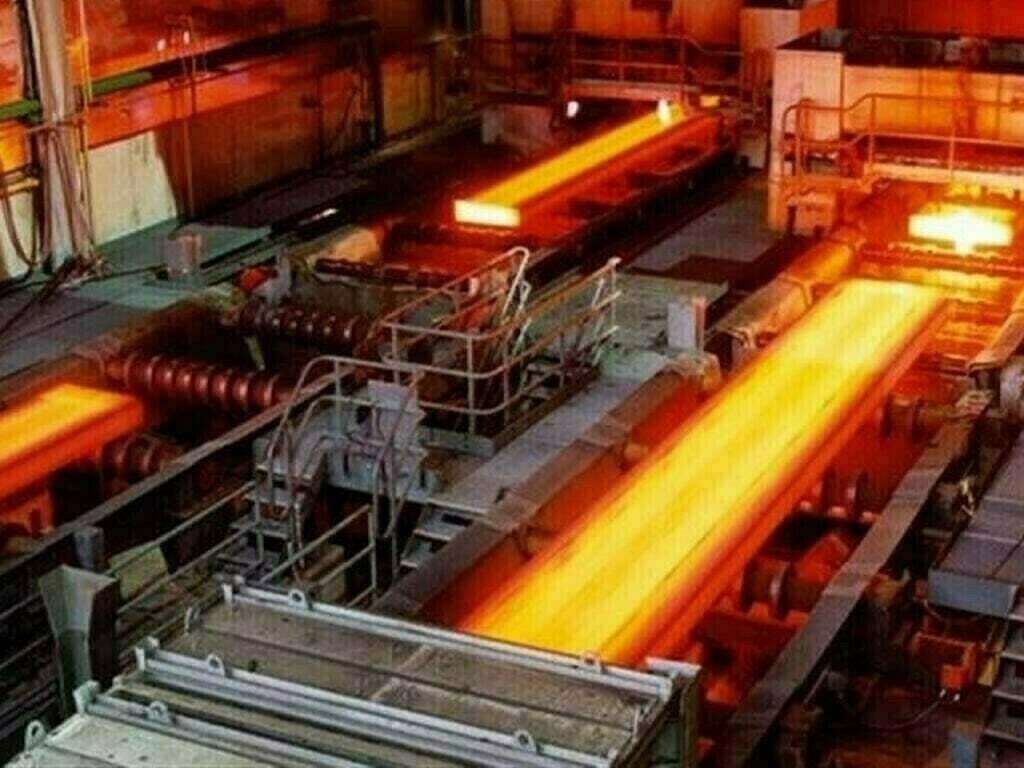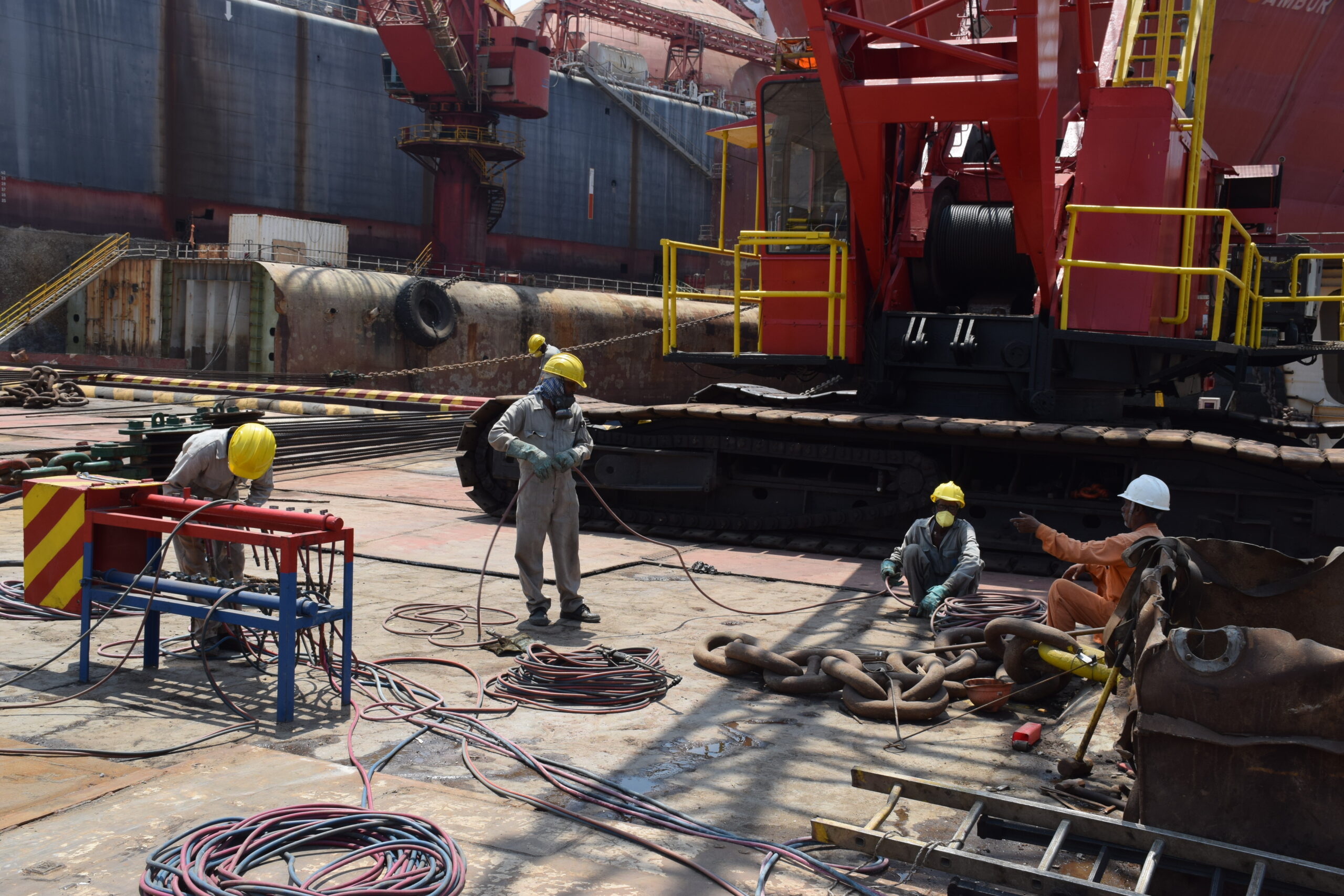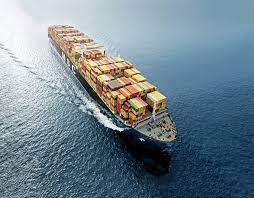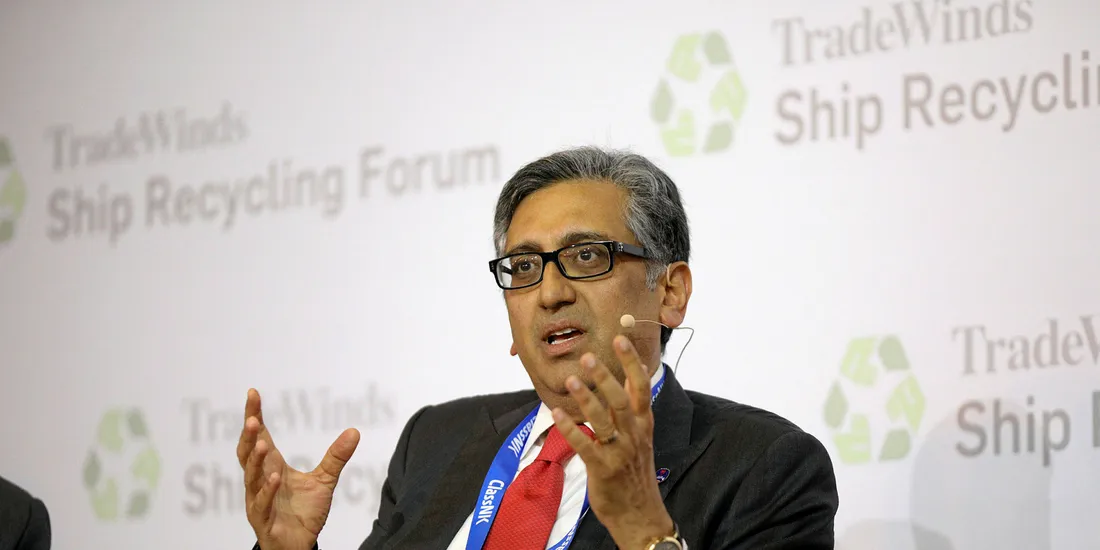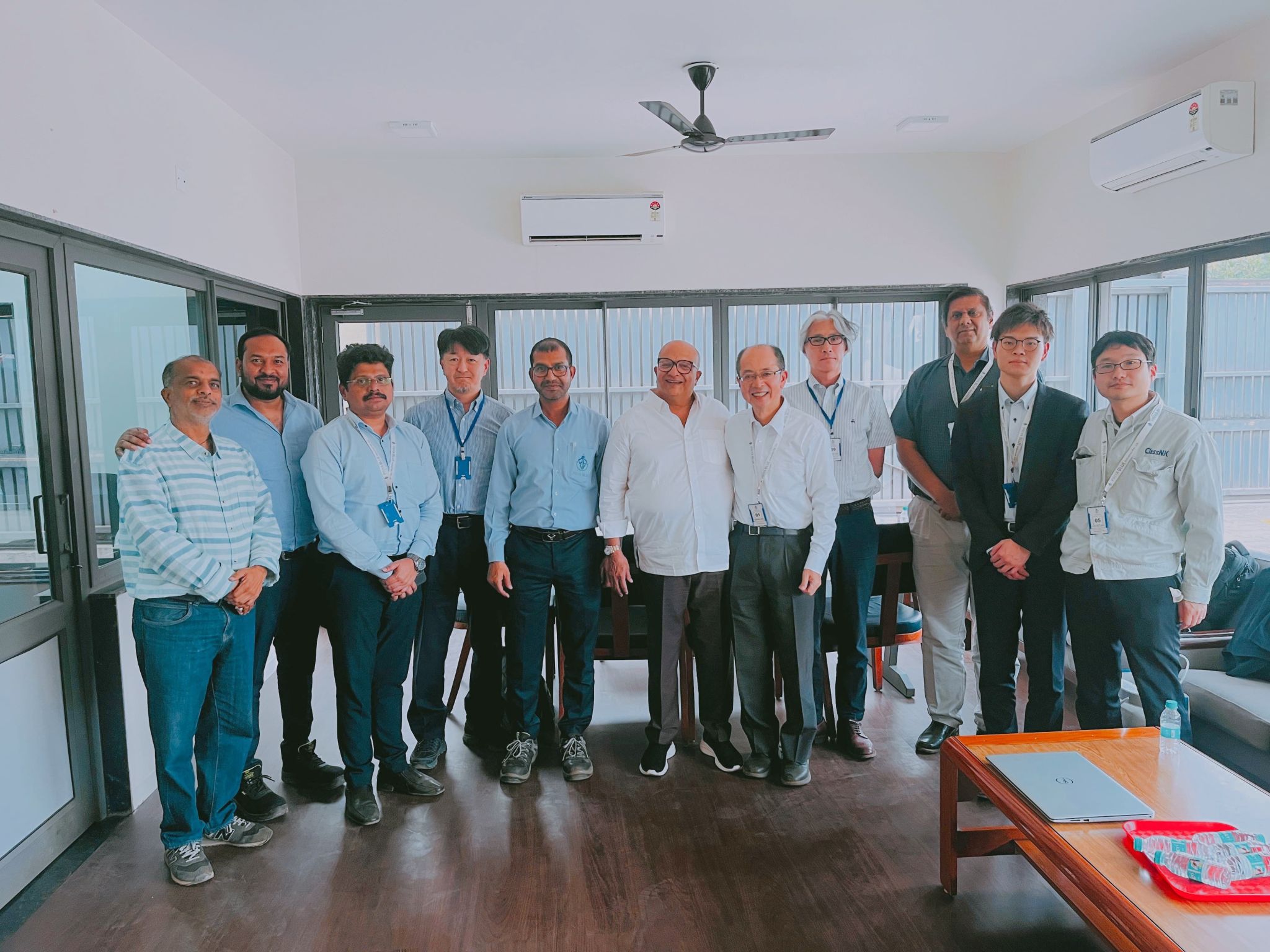Pakistan Unveils Ambitious “Sea to Steel” Corridor to Revive Idle Steel Mills and Boost Maritime Industry
Pakistan’s Maritime Minister, Muhammad Junaid Anwar Chaudhry, has unveiled an ambitious plan to breathe new life into the long-dormant Pakistan Steel Mills (PSM) through a transformative initiative — the “Sea to Steel Green Maritime Industrial Corridor” at Port Qasim. The integrated project seeks to connect ship recycling, steel manufacturing, and sustainable industrial practices in one unified ecosystem aimed at revitalizing Pakistan’s maritime and industrial base.

During a high-level meeting with Special Assistant to the Prime Minister on Industries and Production, Haroon Akhtar Khan, Minister Chaudhry detailed the proposal to modernize and reactivate the Iron Ore and Coal Berth (IOCB) at Port Qasim, which has been idle since 2015. The berth, once a vital gateway for importing raw materials for PSM, has remained unused following the steel mill’s operational collapse nearly a decade ago. The minister described the IOCB’s modernization as the first step toward a new era of maritime-industrial integration for Pakistan.
Chaudhry said that the proposed corridor would feature a floating dock designed to handle large Aframax-class ships, providing critical infrastructure for ship repair, recycling, and maintenance operations. Steel salvaged from dismantled ships would be processed and supplied to the revived Pakistan Steel Mills or to new high-grade steel manufacturing facilities planned near Port Qasim. “We envision a fully circular, self-sustaining industrial corridor — one that not only reduces our dependence on imports but also generates thousands of jobs and enhances Pakistan’s industrial resilience,” the minister stated.
The project aligns closely with the government’s agenda to strengthen Pakistan’s maritime economy, modernize port infrastructure, and promote sustainable industrial growth. Chaudhry emphasized that the maritime sector, long overshadowed by challenges such as underinvestment, outdated facilities, and limited domestic shipbuilding capacity, is now positioned for a major transformation. “This corridor will link the sea directly to steel production, forming a bridge between our ports, our industries, and our future,” he remarked.
Pakistan currently imports around $6 billion worth of steel annually to meet its domestic demand. With steel consumption projected to grow by nearly 6% each year until 2035, the minister noted that continued dependence on imports could place a severe burden on the national economy. The proposed corridor, he explained, could reduce steel imports by up to 20%, saving an estimated $13 billion over the next decade. “By recycling ships and reusing that steel, we can reclaim value that we currently send abroad,” he said.
The project also aims to serve Pakistan’s ship repair and maintenance needs, an area where local capacity remains limited. Pakistan National Shipping Corporation (PNSC) currently sends most of its fleet to foreign shipyards for maintenance, incurring significant costs in foreign exchange. By establishing a modern floating dock and associated ship repair facilities at Port Qasim, the country could save millions annually while creating skilled employment opportunities for engineers, welders, and technicians. “The ability to repair and recycle ships domestically will be a game-changer for PNSC and the broader shipping community,” Chaudhry said.
Officials from the Ministry of Maritime Affairs and the Ministry of Industries and Production, along with representatives from leading Chinese maritime and industrial firms, participated in the meeting. They agreed to jointly develop the technical, environmental, and financial framework for the corridor, with a formal presentation expected soon. According to ministry sources, several Chinese companies with experience in green ship recycling and steel plant modernization have expressed interest in partnering with Pakistan for the initiative.
Chaudhry stressed that sustainability would be a core pillar of the Sea to Steel Corridor. The project would prioritize environmentally responsible ship dismantling processes, using technologies compliant with the Hong Kong International Convention for the Safe and Environmentally Sound Recycling of Ships. The recovered materials would feed directly into steelmaking units powered by cleaner energy sources and designed to minimize emissions. “Our goal is not only to revive production but to do it in a way that supports Pakistan’s green transition,” he said.
The Pakistan Steel Mills, once a symbol of the country’s industrial ambitions, has been idle for nearly a decade due to mismanagement, outdated technology, and financial losses. Successive governments have attempted to revive or privatize the plant, but progress has remained limited. Experts say that connecting PSM’s revival to a broader maritime-industrial corridor could give the effort a new and realistic foundation. By sourcing raw material from ship recycling and linking output directly to port-based industries, the new model could reduce costs and ensure operational sustainability.
Analysts believe the Sea to Steel project could also attract significant foreign investment. The proximity of Port Qasim to Karachi, Pakistan’s commercial capital, provides logistical advantages for both import and export operations. Moreover, integrating the corridor into China-Pakistan Economic Corridor (CPEC) frameworks could open access to financing and technical expertise from Chinese partners, who have a proven track record in both ship recycling and steel production.
Haroon Akhtar Khan, the Special Assistant to the Prime Minister, expressed strong support for the initiative, calling it “a visionary step toward reindustrializing Pakistan.” He noted that reviving PSM through a green, maritime-linked model aligns with the government’s broader goals of job creation, import substitution, and industrial modernization. “This project has the potential to set a precedent for how Pakistan approaches industrial policy in the 21st century — through innovation, integration, and sustainability,” Khan said.
If implemented effectively, the Sea to Steel Green Maritime Industrial Corridor could mark a turning point for Pakistan’s manufacturing and maritime sectors, bridging the gap between dormant potential and global competitiveness. As officials finalize the technical and financial details, optimism is rising that Port Qasim — once just a shipping terminal — could soon become the hub of Pakistan’s next industrial renaissance.
Author: shipping inbox
shipping and maritime related web portal




